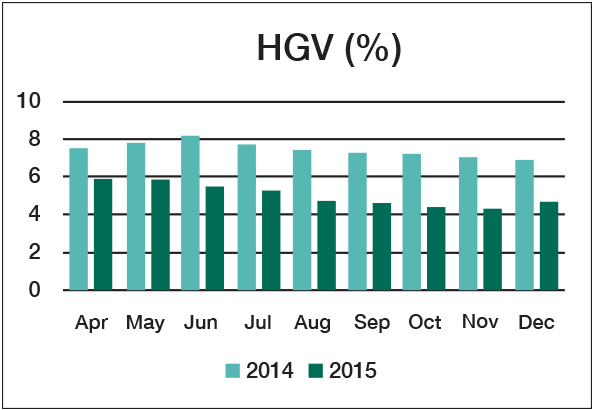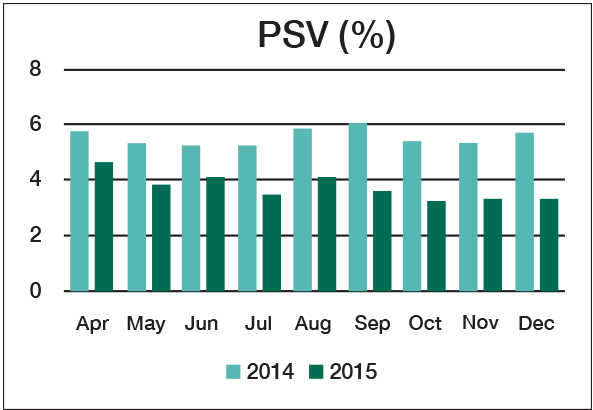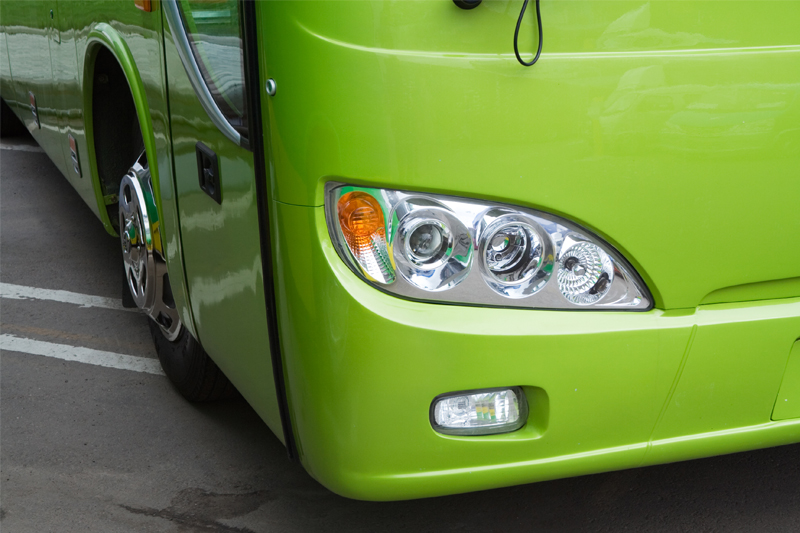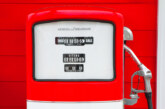Headlamp aim remain one of the top causes of failure at annual test. To help operators better prepare their vehicles and understand the test, the DVSA presents its guide to passing the test, complete with best practice advice.
In April 2015, DVSA introduced a new headlamp amidst for heavy vehicles, following research which resulted in a report on the effect of road safety. The new test was introduced to provide a simple, more consistent headlamp standard which aligns the headlamp aim test with the 2010/48/EU and 2014/45/EU directives.
During the trials, testers found headlamp assessment much easier to apply. Data collected between April and December 2015 shows the fail rate has significantly decreased since the introduction of the new test, compared to the previous year.
The tables below show the improved test rates for Heavy Goods Vehicles (HGVs) and Public Service vehicles (PSVs) between 2014 and 2015.


General checks before your annual test
There are a number of things operators and vehicle repairers/presenters can do to improve the likelihood of their vehicles passing the test.
Is the headlamp free of condensation, the lens clean and the reflector in good condition?
If the beam pattern is blurred and the examiner cannot determine a distinctive cut off point, this is a reason for failure. Try leaving the headlamps on for a short time to ‘burn off’ the condensation. If the reflector is deteriorated or corroded, consider a replacement.
Has the headlamp bulb been changed?
Make sure that the bulb is correctly aligned with the location lugs in the headlamp unit. After a bulb has been changed, it may be necessary to re-aim the headlamp (a different bulb may alter the headlamp aim). It is recommended to always use good quality bulbs.
Is the headlamp and its internal reflector secure?
Tap the headlamp with your hand and assess if the headlamp unit or the internal reflector is insecure.
Is the headlamp adjuster free?
A check of the adjusters (and a drop of penetrating oil) while preparing the vehicle for test can make all the difference.
Is the vehicle fitted with headlamps that dip to the right?
Vehicles with UK registration plates should have headlamps that dip to the left to comply with the Road Vehicle Lighting Regulations. However, headlamps that dip to the right are acceptable at the MOT test providing beam converters are fitted.
General checks before the headlamp aim is checked
Ensure that the tyre pressures are correct, the suspension is correctly adjusted /settled inflated and always check the headlamp aim in the condition that the vehicle will be presented for test i.e. laden or unladen.
Are the headlamp adjusters easily accessible?
It may be easier to remove the headlamp surround before presenting the vehicle for test. Be careful however that the removal of these surrounds doesn’t leave sharp edges.
Does the in-cab headlamp adjustment device work?
If your vehicle is presented unladen, your in-cab headlamp adjuster must be set in the unloaded position. This device may be used to enable the headlamp alignment criteria to be met. This said, both headlamps must comply with the device set in one position.
Setting your headlamps
Always set your headlamp aim in accordance with manufacturer’s instructions or at mid-point between the upper and lower standard.










